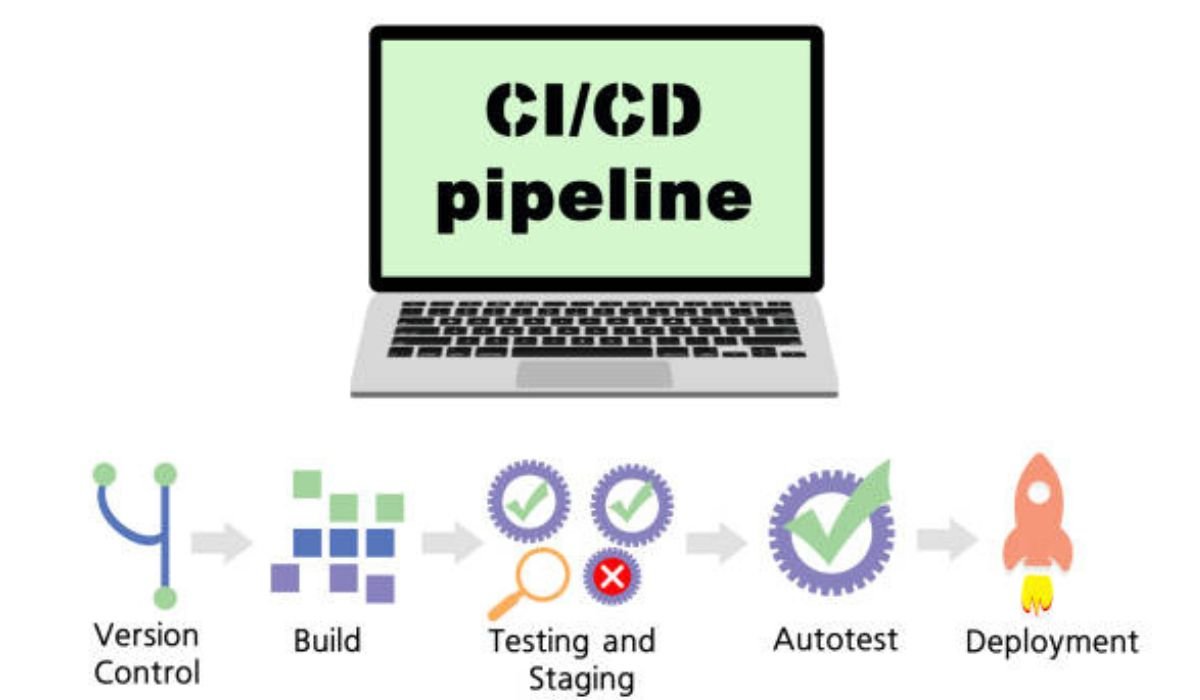Introduction
Dream up sirens wailing as an ambulance pushes through downtown traffic. What if every traffic light ahead instantly turned green, hospital ERs received the patient’s vitals en route, and nearby police were alerted to clear the path—all before the ambulance even rounded the corner? This isn’t sci-fi; it’s the power of Sinkom, a systems-design paradigm built for real-time adaptability. It’s like a universal translator for our disconnected world, making tech, cities, and organizations finally speak the same language, instantly.
What Is Sinkom? Breaking Down the Basics
Think of Sinkom as the ultimate teamwork blueprint. At its core, it combines three things:
- Modular Architecture: Building systems from independent, plug-and-play parts (like Lego blocks).
- Cross-Module Communication: Ensuring those parts can easily talk to each other.
- Real-Time Sync: Making sure every part knows exactly what the others are doing right now, instantly adjusting together.
Picture a symphony orchestra. In a traditional setup, musicians might play slightly off-beat until the conductor corrects them. With Sinkom, it’s like every musician hears every other in real-time, adjusting their tempo and volume simultaneously for perfect harmony, without waiting for a baton wave. See the difference?
Why Sinkom Matters: 5 Game-Changing Benefits
So, why ditch the old way? Sinkom delivers concrete wins:
- 30% Faster Crisis Response: Smart grids using Sinkom principles reroute power around outages almost instantly, minimizing blackouts.
- Seamless Scaling: Add new tech modules or expand departments without rebuilding everything from scratch. It just… fits.
- Slash Errors: Instant data sharing means modules aren’t working with outdated info. Fewer mistakes, smoother operations.
- Boosted Efficiency: Like Uber matching riders and drivers globally in real-time, but for any system – optimizing resources on the fly.
- Future-Proofing: Adapts to new challenges or tech without breaking a sweat.
Take Barcelona’s “Superblocks.” Using Sinkom-like thinking with IoT sensors, they synchronize traffic flow, air quality monitoring, and pedestrian zones in real-time, creating greener, calmer urban spaces. It’s adaptive design in action.
Implementing Sinkom: Your Step-by-Step Guide
Shifting to Sinkom isn’t about a massive overnight overhaul. Here’s how to start smart:
| Feature | Traditional Design | Sinkom Design |
|---|---|---|
| Flexibility | Rigid, hard to change | Fluid, adapts instantly |
| Complexity | High (spaghetti code!) | Managed (modular blocks) |
| Cost (Long) | High maintenance | Lower, more efficient |
| Scalability | Difficult, often painful | Effortless |
- Start Small: Pick one micro-module (e.g., a single data feed, a small team process). Don’t boil the ocean.
- Test Sync: Implement simple, real-time communication protocols (tools like Apache Kafka can help affordably).
- Expand Communication: Connect this module to one or two others that need its data instantly.
- Iterate & Grow: Learn, refine, and gradually connect more modules across your system.
Debunking 3 Sinkom Misconceptions
Let’s clear up some common myths:
- Myth: “Only for Tech Giants.” Reality: Small companies use it too! FarmBot employs Sinkom-like principles to sync soil sensors, irrigation, and planting schedules for hyper-efficient crop management.
- Myth: “Too Complex to Start.” Reality: Begin with one module and one sync point. It’s manageable. Open-source tools make it accessible.
- Myth: “It’s Just Faster Messaging.” Reality: It’s about adaptive action based on real-time understanding, not just sending data faster.
As Dr. Lena Torres from MIT Systems Lab puts it: “Sinkom isn’t just an upgrade; it’s interoperability’s missing link. It enables true systemic intelligence.”
Sinkom in Action: From Urban Infrastructure to AI
This isn’t theoretical. Sinkom principles are driving innovation now:
- Cities: Singapore’s public transport app gives real-time bus/train locations and crowd levels, syncing data across thousands of vehicles and sensors.
- Tech: NVIDIA’s AI chips use advanced cross-module communication to let different processing units work together seamlessly on complex tasks.
- Organizations: Forward-thinking HR teams use adaptive design for real-time talent allocation, matching skills to projects as needs shift.
- Sustainability: Fun fact: Tokyo’s train system uses a Sinkom-like approach daily, synchronizing hundreds of trains for mind-boggling efficiency.
Future-Proofing with Sinkom: Your Next Steps
Ready to make your systems as adaptable as the world demands? Here’s your quick-start checklist:
☐ Audit: Map your current systems – where are the disconnects?
☐ Spot Gaps: Identify critical points needing real-time sync (e.g., inventory & sales data).
☐ Pilot: Choose one small module and implement Sinkom principles (start with sync!).
☐ Measure & Learn: Track speed, error reduction, or efficiency gains.
☐ Scale: Connect more modules based on your pilot success.
Sinkom turns isolated systems into a responsive, intelligent whole. It’s the key to building resilience and agility in an unpredictable world.
So, which sector would you transform first with Sinkom? Share your thoughts below!
FAQs
- “Is Sinkom only for software engineers?” No way! Urban planners use it (like Copenhagen’s buildings adjusting heating based on real-time weather and occupancy). HR teams use it for real-time talent allocation too.
- “Does Sinkom require expensive tech?” Start small! Open-source tools like Apache Kafka enable affordable real-time data sync. You don’t need a massive budget upfront.
- “How does Sinkom improve sustainability?” Real-time sync slashes waste. Houston’s smart water grids, using similar principles, cut usage by 25% by instantly detecting leaks and adjusting flow.
- “Can legacy systems use Sinkom?” Absolutely! Boeing integrates Sinkom principles via modular updates, connecting old aircraft maintenance systems with new diagnostic tools smoothly.
- “What’s the biggest Sinkom pitfall?” Overcomplicating early on. Focus! Get one module syncing perfectly before adding layers. Keep the initial scope tight.
- “Is Sinkom secure?” Yes. Using encrypted cross-communication protocols (like Zero Trust models) keeps data safe while enabling the essential real-time flow.
READ ALSO: Gramhir Pro: Where Words Become Worlds – Your AI-Powered Canvas Awaits











